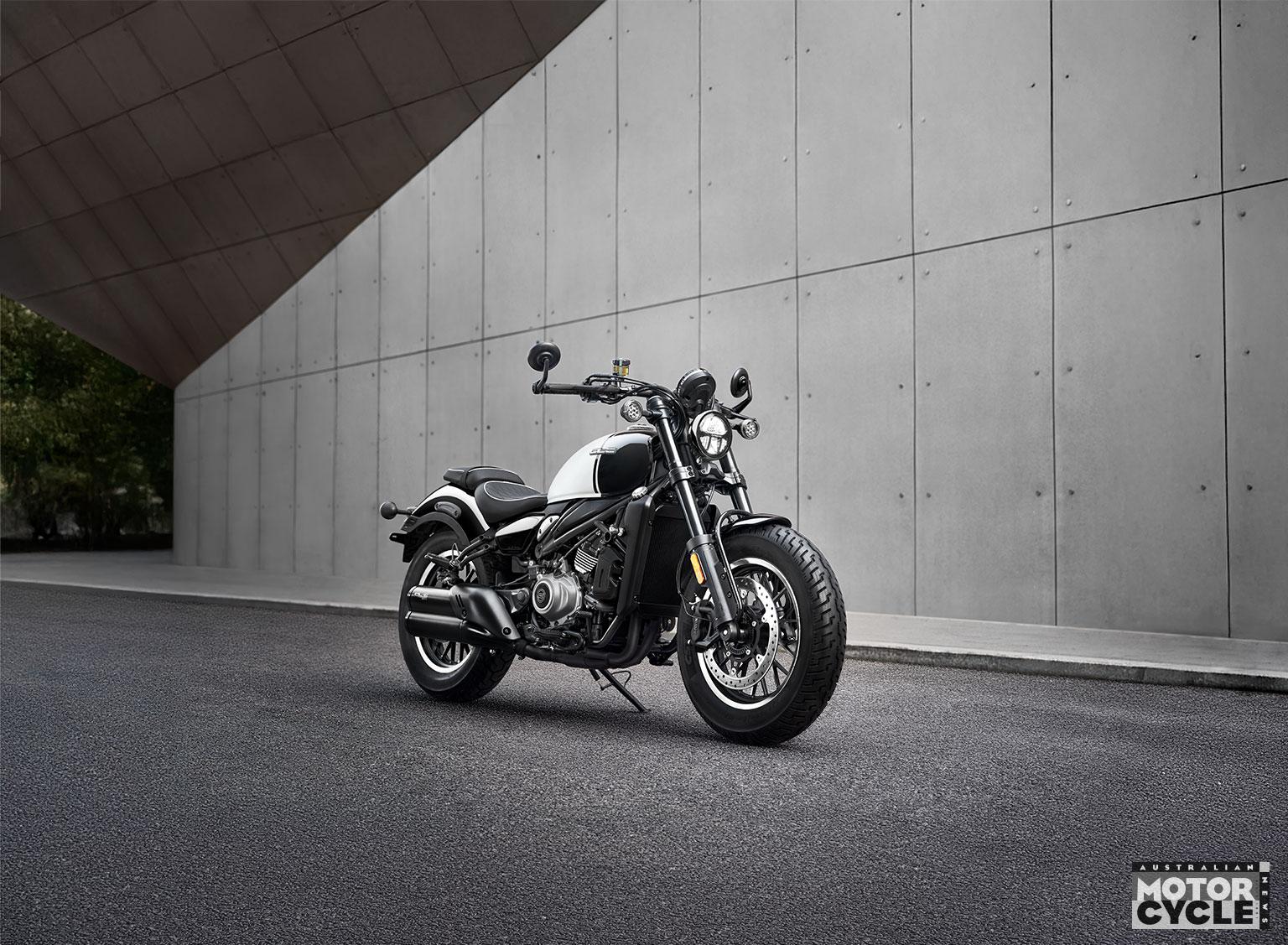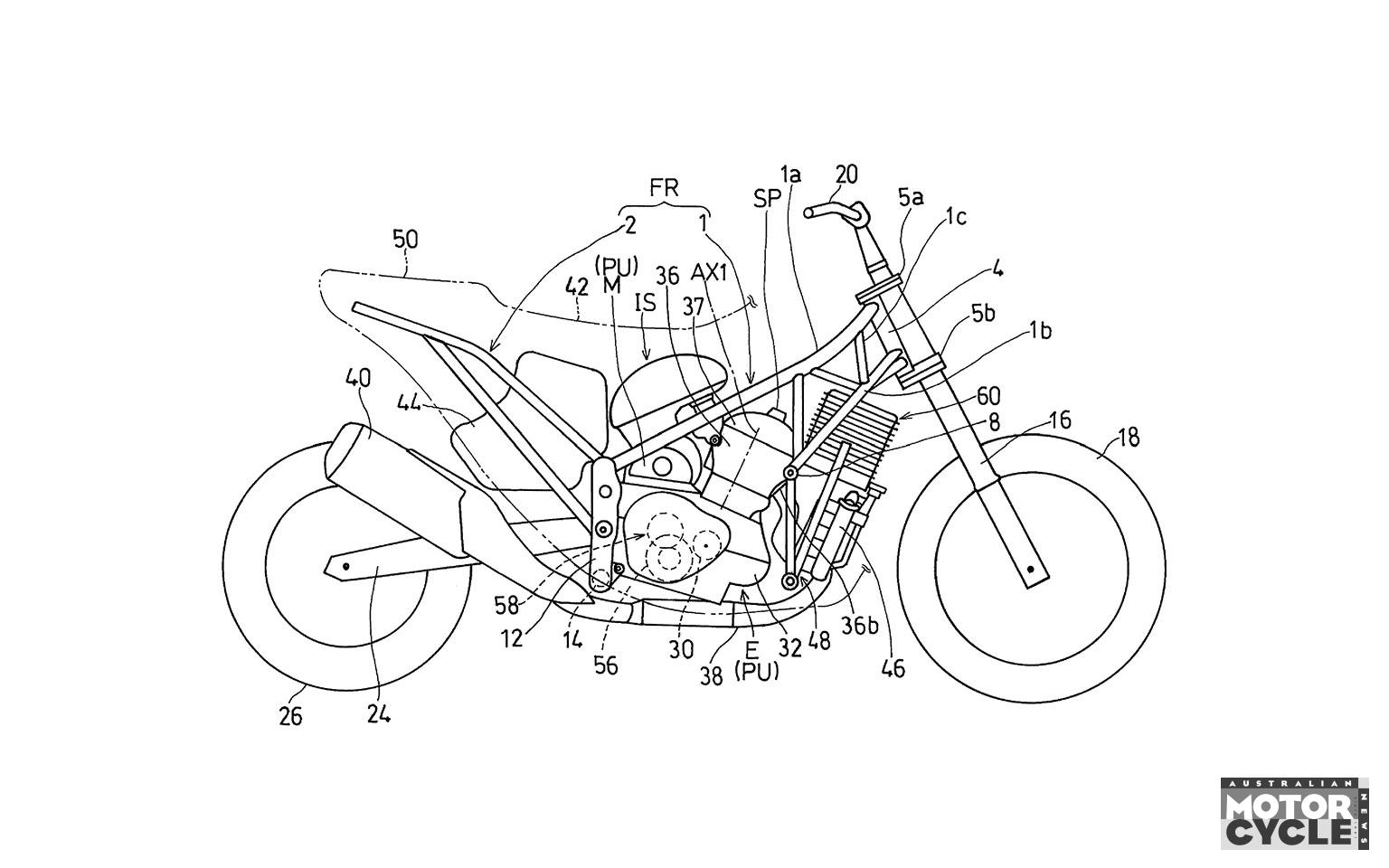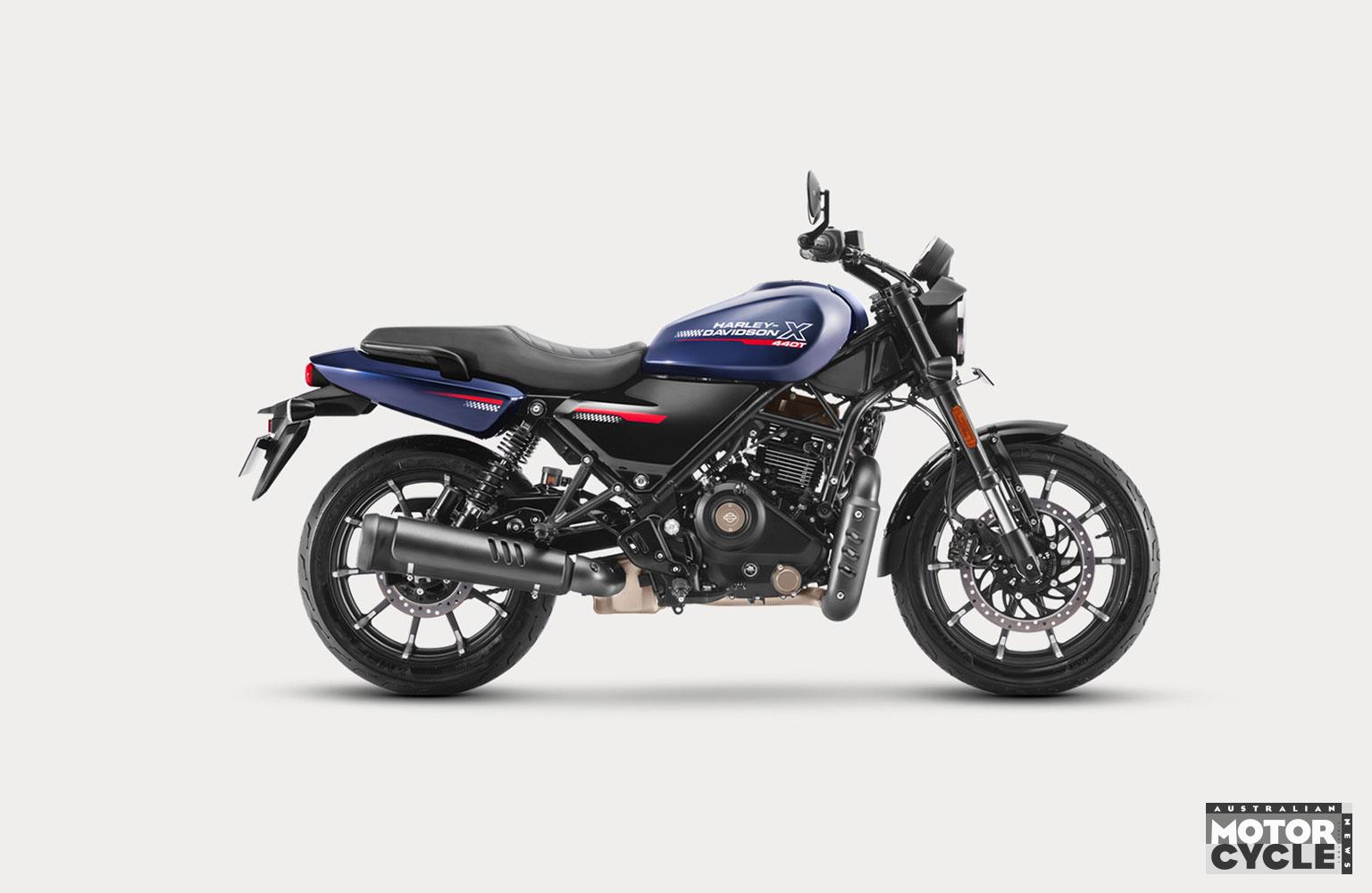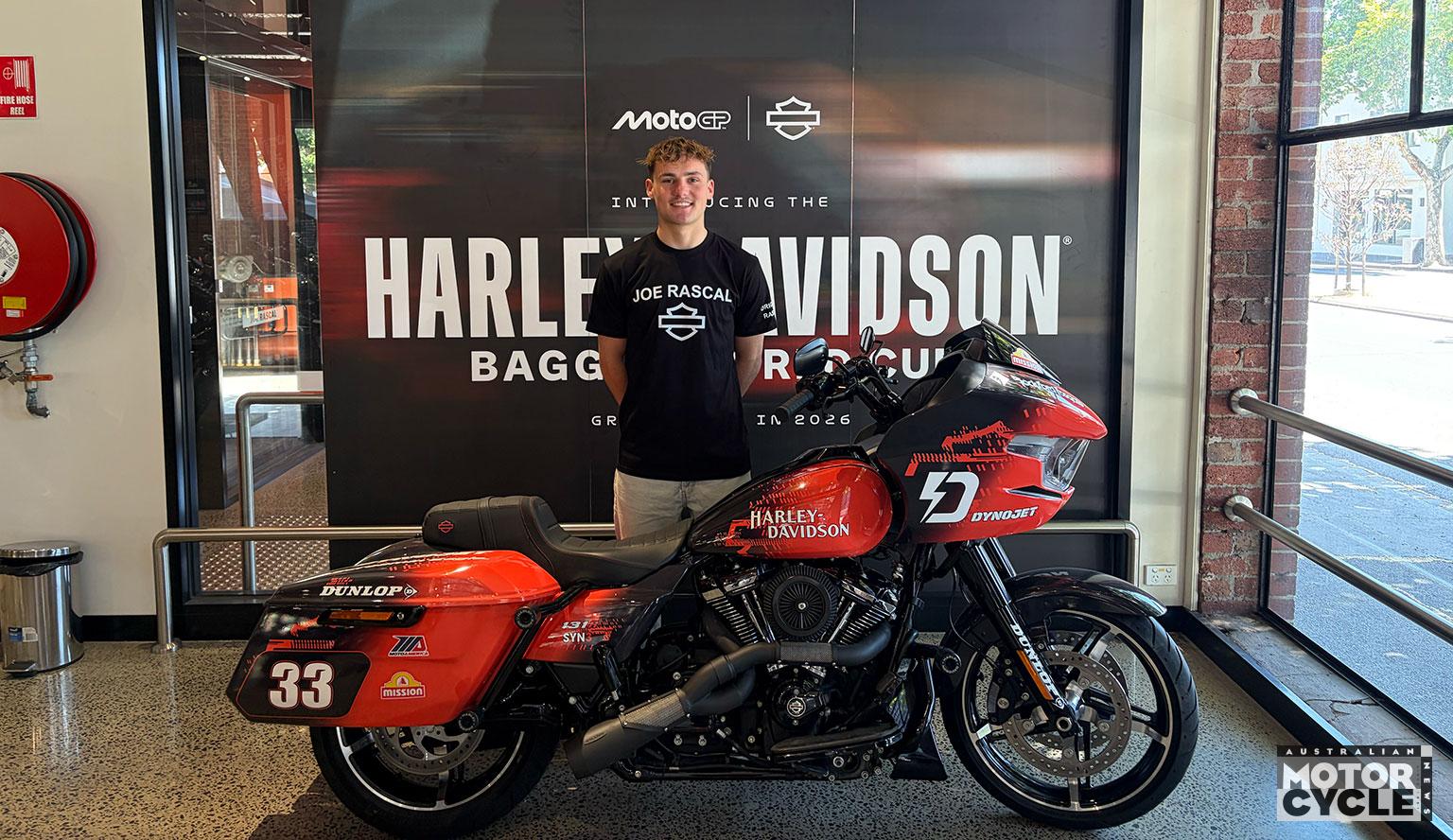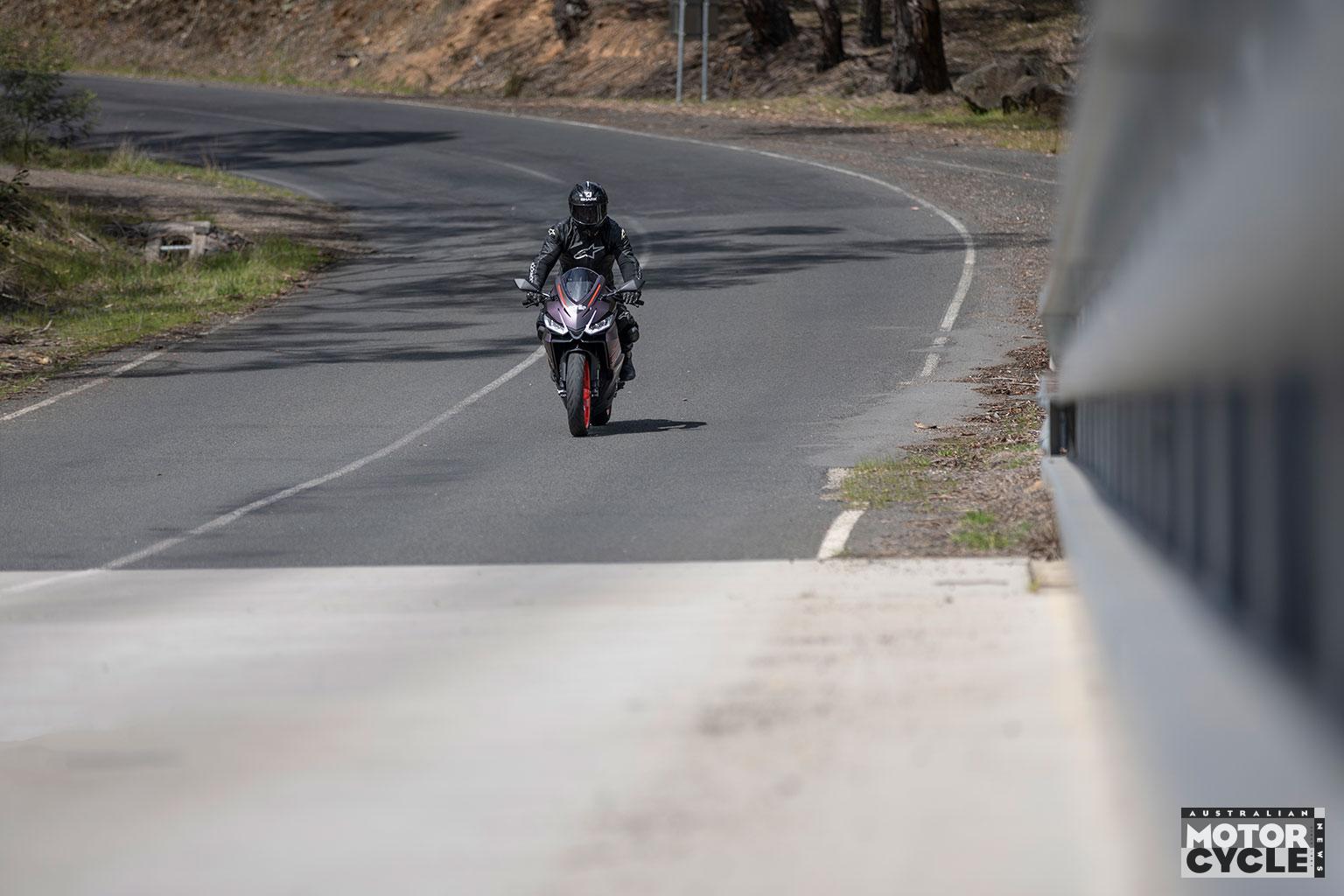Over the decade since Yamaha released the first-generation of its three-cylinder MT-09, we’ve seen a host of spin-offs ranging from the retro XSR900 to the touring Tracer 9. But calls for a dedicated sports version appeared to be falling on deaf ears until the company filed a spate of trademark applications for the name ‘R9’ back in 2021. Since then there’s been an agonising wait for news, which has finally ended with the unveiling of the 2025 Yamaha R9.
It’s a dedicated design that embraces both road and track performance using lightweight components and aerodymanic aids.
It would have been relatively easy for Yamaha to simply slap a fairing on the bones of the MT-09 or MT-09 SP and call it done – and that’s largely how it made the retro-styled XSR900 GP and is exactly the formula that was followed to create the R3 and R7 from the MT-03 and MT-7 respectively. However, Yamaha has developed a bespoke aluminium frame specific to this model.
The chassis might follow the same Deltabox thinking and cast alloy construction as the MT-09s, but it’s a totally new version, with torsional, lateral and longitudinal rigidity tailored to the R9’s requirements. It’s topped with a new seat subframe and tail unit, as well as R9-specific fuel tank, ’bars, yokes and suspension. The frame alone is claimed to be the lightest yet on a Yamaha sports bike, so despite the addition of a fairing the R9 is only 2kg heavier overall than the naked MT-09, coming in at an impressive 195kg (including a full 14-litre tank of fuel).
Within that chassis lies the same three-cylinder engine used in the current MT-09, measuring 890cc in capacity and with no internal changes to the bore, stroke, compression ratio or anything else.
Power and torque are unchanged from the latest MT-09, remaining 87.5kW (117hp) at 10,000rpm and 93Nm at 7000rpm. Only the electronics are tweaked, with revised fuelling and ignition timing to suit the R9’s character, with longer gearing to suit its aerodynamic shape.
That R9 fairing is claimed to be the slipperiest yet to grace a Yamaha production bike, even besting the R6 that the model essentially supersedes in the line-up. Like the rest of the latest ‘R’ models it gets a MotoGP-inspired look, with Yamaha’s signature M-shaped duct on the nose, which on the R9 is home to the main headlight, flanked by strips of LED running lamps. The winglets either side might not look like they’re sculpted to create much downforce but Yamaha says they reduce front wheel lift up to 7 percent in a straight line and 10 percent in corners.
KYB suspension involves a 43mm USD fork with a matching monoshock. Both ends are fully adjustable for rebound and compression damping, plus rear preload.
Brakes are Brembo Stylema radial four-pot calipers at the front, matched to a Brembo radial master cylinder and 320mm discs.
Everything is overseen by a strong suite of rider-assist electronics, governed by a six-axis inertial measurement unit that allows cornering traction control and ABS. There’s also slide control, engine braking control, front wheel lift control and launch control. Three standard riding modes – Sport, Street and Rain – are supplemented by two rider-defined custom modes and no fewer than four ‘Track’ modes. A 5-inch colour TFT dash feeds information back to the rider and can be paired to a smartphone, giving not only the usual access to calls and texts but, via a Garmin app, on-dash navigation.
Yamaha’s own MyRide app allows a rider to tweak as many as 40 settings as part of the riding modes and save them on the app to be uploaded to the bike when next in range. There’s also a subscription-based ‘Y-TRAC’ app that allows a phone to act as a datalogger, downloading information including lap and sector times, lean angles, speed, throttle position and more, and even allowing messages to be sent from the pits to the dash.
The price for all this is $A23,199, making the R9 more expensive than either the XSR900 GP or the MT-09 SP, previously the two sportiest models to use the three-cylinder engine, but undercutting Honda’s CBR600RR by a wide margin. Ben Purvis
Updated R3 as well!
The R9 might be the biggest news in Yamaha’s 2025 sportsbike range but its baby brother – the R3 – also gets a new look and tech tweaks for next year.
![]()
The changes include a redesigned fairing with an updated nose reflecting the look seen in the rest of the line-up. Like the R9, there is a main headlight tucked inside the front air intake, with LED strips on either side. The side panels and tail are also new, even though the mechanical parts underneath are largely unaltered from the previous generation. That means there’s still a 30.9kW (41hp), 321cc twin, with 29.5Nm of torque at 9000rpm and maximum power at 10,750rpm.
Dimensions change a fraction, with 5mm extra width, while weight is unchanged at 169kg wet.
Technical revisions can be found in the form of a new assist-and-slipper clutch and a new LCD instrument panel that now gives smartphone connectivity through the Yamaha MyRide app. BP

